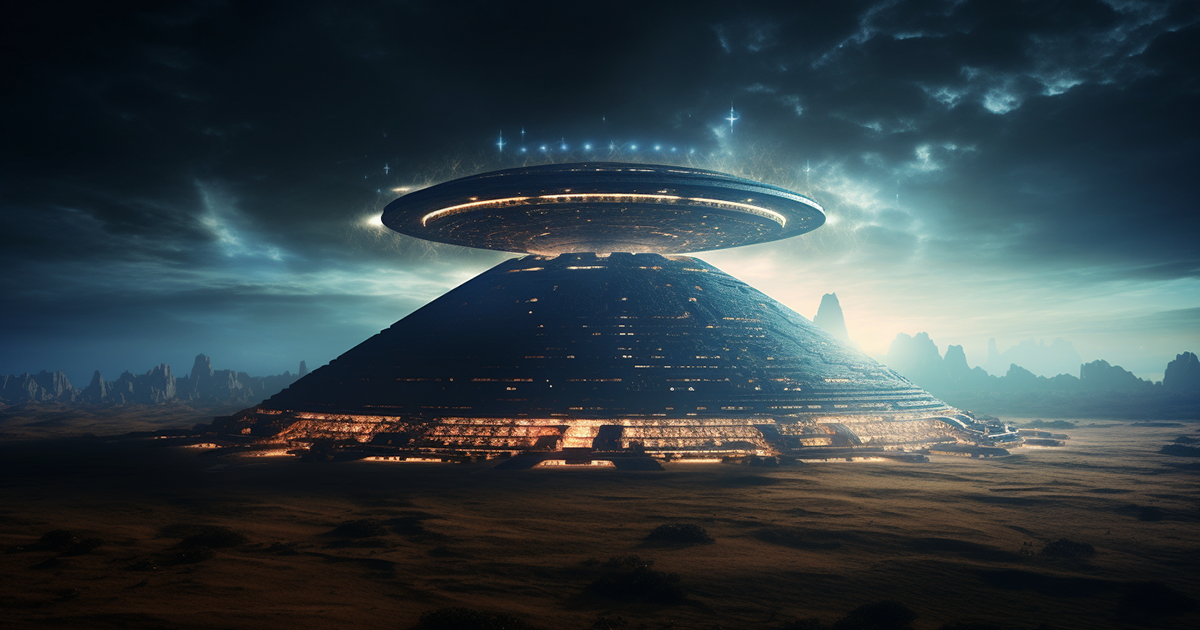An electrifying event unfolded in the vibrant streets of New York City, as magician David Blaine astounded spectators with a daring performance. Clad in armor, he immersed himself in a million volts of electricity, sparking a fundamental question: Does the mesmerizing wonder we witness conceal a deeper, hidden truth? This timeless query has lingered in the minds of scholars for ages, urging contemplation on the true scope of human capabilities.
Take, for example, the mysterious Japanese sage from the 7th century, En no Gyoja. Exiled for his purported mystical powers, he laid the groundwork for Shugendo, a practice of rigorous physical and spiritual discipline thought to unlock supernatural potentials. In contrast to Western magical traditions, Shugendo focused on self-improvement and unparalleled endurance.
En no Gyoja’s life brimmed with tales of extraordinary feats, from commanding spirits to surviving numerous attempts on his life. These stories, reflecting human curiosity and ambition, resonate with a persistent desire to surpass our perceived boundaries.

This fascination transcends individual historical figures. Across diverse cultures and eras, recurring narratives surface of individuals attaining extraordinary skills, possibly influenced by supernatural revelations. This notion hints at the intriguing possibility of such abilities being encoded in our genetic heritage, a legacy from ancient, advanced civilizations.
Consider the depiction of the Watchers in the Book of Enoch. These celestial entities descended upon Mount Hermon, imparting forbidden knowledge to humanity. This tale aligns with similar accounts from various cultures where divine or semi-divine beings shared advanced wisdom with humans, often at great personal cost. For instance, the Watchers were said to have taught humans a variety of disciplines, from magic and medicine to metallurgy and sciences.
The enigmatic figure of Shemyaza, a prominent Watcher, presents a thought-provoking scenario. In certain legends, he is portrayed as a benefactor of humanity, challenging conventional views of entities like Satan. Could Shemyaza have been an extraterrestrial entity aiding human advancement? These inquiries prompt a reevaluation of historical accounts and the pillars of our societal structures.
Further investigation leads us to the Kingdom of Kongo, where in the 15th century, European explorers and missionaries encountered a rich religious tapestry. The Kongolese belief in multiple souls — reminiscent of ancient Egyptian beliefs — and rituals such as rejuvenating the deceased suggest a profound understanding of human essence. These practices, potentially stemming from teachings of celestial beings, indicate a deep link between earthly and extraterrestrial wisdom.
Within African legends, stories abound of Orishas, divine messengers descending from the skies. Often depicted in ancient artworks with elongated skulls and traveling in peculiar crafts, these beings are believed to have shared crucial knowledge with humanity. Could these depictions symbolize early representations of extraterrestrial visitors?
Exploring these cryptic mysteries of antiquity unveils a recurring theme: the notion that our ancestors were guided by advanced beings, possibly originating from other dimensions. This perspective offers a captivating lens to analyze historical accounts of magic, mysticism, and exceptional human achievements. It challenges us to transcend our current understanding and consider that the foundations of our society encompass a far more enigmatic and profound essence than conventionally perceived.
